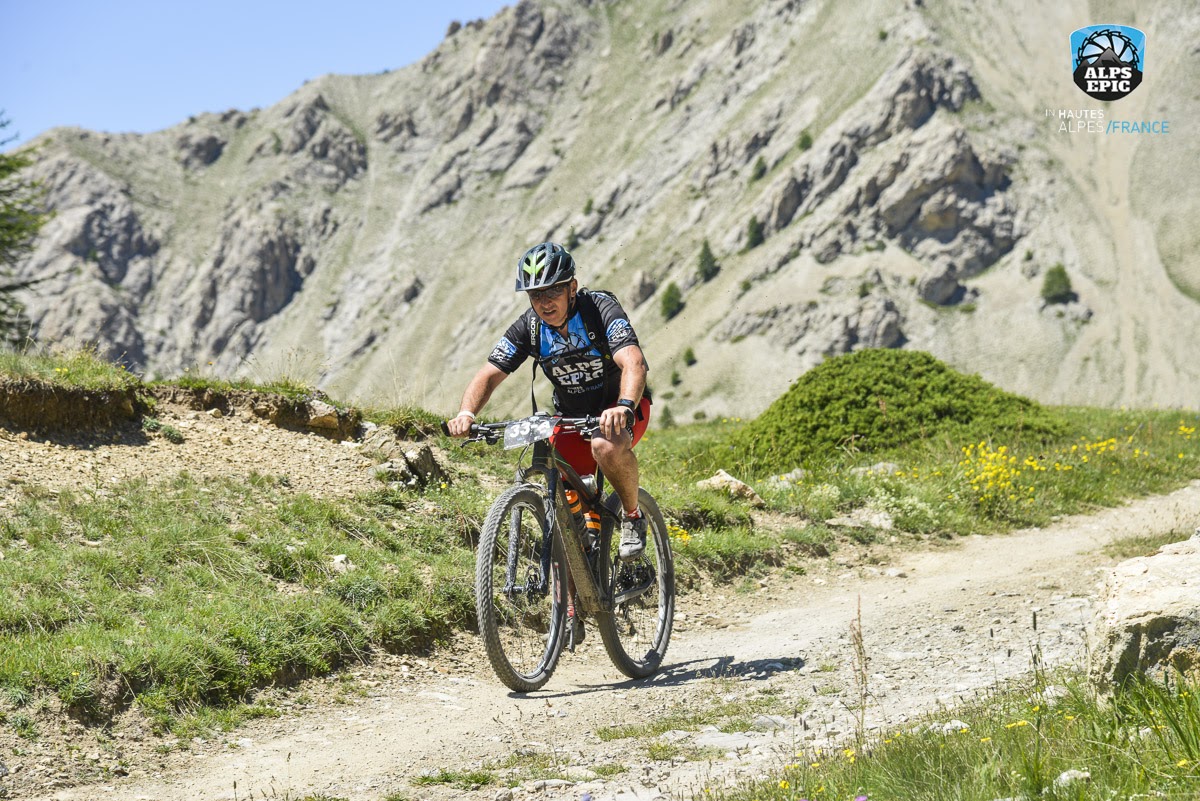
by hattenburrow | Dec 19, 2017 | Biking Adventures, Inspiration, Uncategorized
In 2016 a couple of friends had completed the first ever Alps Epic, having followed their progress I decided this was the event for me in 2017, so when I noticed the early bird offer of €500 I entered straight away.
The Alps Epic is a pairs event but I hadn’t even thought that far ahead yet and just entered with a plan to sort the partner bit out later.
After posting on Facebook that I had entered I got a message from a friend who I had been riding with a while with a local club and within an hour he had entered as well and that was the partner issue sorted.
The next few months didn’t really go to plan with training and I will be the first to admit that I wasn’t anywhere near as well prepared as I could have been.
Jump forward to June and after a full day at work the car was packed up and off we headed to Dover to get a 10pm ferry to France, I then drove through the night until we reached a town called La Plange which was around a 4-hour drive from the race start, we had 2 nights here before then driving down to the start town of Montgenvre.
One of the first things we noticed was how cold it was at 1800m plus above sea level where we were staying which got me concerned as I didn’t really have any warm clothing with me except a Gillet and a waterproof top, so on route to Montgenvre we stopped off in Val D’isere and I managed to get myself a warm top.
The sights on route driving through the Alps were amazing and the #cantcopythealps is very fitting, for anyone that has never been it should be a must on your list of places to visit.

We arrived in Montgenvre and found our accommodation for the night, this night was €50 for the night and included food as well which was perfect so no hassle as this would be where we would stay for the next 3 nights.
We completed our registration and collected our packs and numbers.
Stage 1 was a short Prologue stage and didn’t start till the afternoon, I found this really tough, a combination of the altitude and heat, yes after all my concern a couple of days earlier of it being cold, it wasn’t it was really warm, mid to high 30’s every day.
After finishing stage one I noticed my chest felt tight, I thought nothing of it as it had happened before and I had been told by the doctor that it was probably just a cramp and nothing to worry about, it settled within mins so I thought nothing of it.
The next day was the first proper stage, loop back to Montgenerve of 61 Km and 2750m of climbing starting with a 7km climb.
All started off well and we got into a good rhythm on the climb until James chain snapped, after quickly fitting a power link we carried on and soon reached the first feed station, we didn’t take much as both still had a fair amount in our camel backs and there was another feed station in 20Km, so off we went onto the next climb before our first taste of the proper descents, tight switch back after tight switch back.

We passed through the time cut off point and started the climb to the next feed station, this is where I really began struggle and noticed I had the route sweeper and medic for company on an Ebike.
I pushed on to the feed station and by the time I made it there I was not in a good way, I sat down in the shade and took on some fluids and food as the medic checked me over before telling me I needed a drip as I was very dehydrated.
They called down to race HQ and another medic arrived and took over, allowing him to carry on following the route, James also carried on and finished the stage.
Meanwhile I had a drip put in at the feed station and was taken back down to the race finish in a 4×4.
At Race HQ I was given a once over by the event doctor and ate his salted crisps before being given the okay to carry on the next day.
The next day the plan was a different one and I took 3 litres of Torq Energy in my camel back and 2 x 750ml of Hypotonic drink in a bottle, by the first feed station a lot of this was gone, we filled everything back up and carried on. Unfortunately, we missed the cut off by a matter of minutes at the next feed station and couldn’t carry on the stage.

Day 4 was a much better day and we started well, apart from forgetting my gloves which led to some sunburn on the backs of my hands. We settled into a long climb at the start and the descents again were incredible and like nothing I have ridden before, this included a full on bucking bronco moment at 30mph that I somehow managed to keep hold of. The 29er carbon Hardtail was defiantly not the bike of choice for this event. We completed stage 4 in 7 hours 40 minutes.
Unfortunately, I was still struggling with getting my breath and even walking upstairs or a slight slope was hard work let alone riding a bike for 7-8 hours, I was also bringing up all kinds of funky stuff when I coughed! So, after a chat with James and the event doctor I decided to miss stage 5 and see how I felt after that.
So, I spent day 5 helping the organisers with laundry and whatever else I could do to help, unfortunately I was still not feeling any better for stage 6 so I sat it out and let James ride with a couple of guys from Oxfordshire with a team name of the Gnarly Nutters.
I was gutted to have missed the finish of the event but sometimes you just know something isn’t right.
The after party was great with lots of free beer and a huge BBQ. The food and hospitality throughout the event was incredible and everything was taken care of from your laundry to your bike.
At the end of every stage you racked your bike, it was then taken and washed before getting a once over from the team of mechanics before being taken to the over night secure storage area, all you had to do was check your tyre pressures and lube the chain and away you go again.
There was also massages at the end of the stage all included in the price and a huge buffet of food to refuel you along with an evening meal and huge and varied breakfast every day.
Everything was thought of and done for you, all you had to do was ride your bike, eat, sleep and repeat.

On returning from the event I visited my GP and was given an Inhaler and have since been diagnosed with exercise induced Asthma.
This is defiantly an event that I will be coming back to again maybe as a mixed pair with an eye on a podium.
I have learnt so much from this event and hopefully it will all help me in my next challenge.
Next year I am taking on the Transpyr solo, but I’m not making the same mistakes again. I was nowhere near well enough prepared physically and the work on that has already started with the help of my new coach and Mountain Bike Stage Race and Marathon Racing legend, Sally Bigham, who is really starting to put me through my paces and will have me in the best shape I can be in come June 2018.
I have also changed bikes and I’m now on a Santa Cruz Tallboy 2 full Suss with dropperpost as opposed to a Cube carbon hardtail 29er.
Camping and Mountaineering
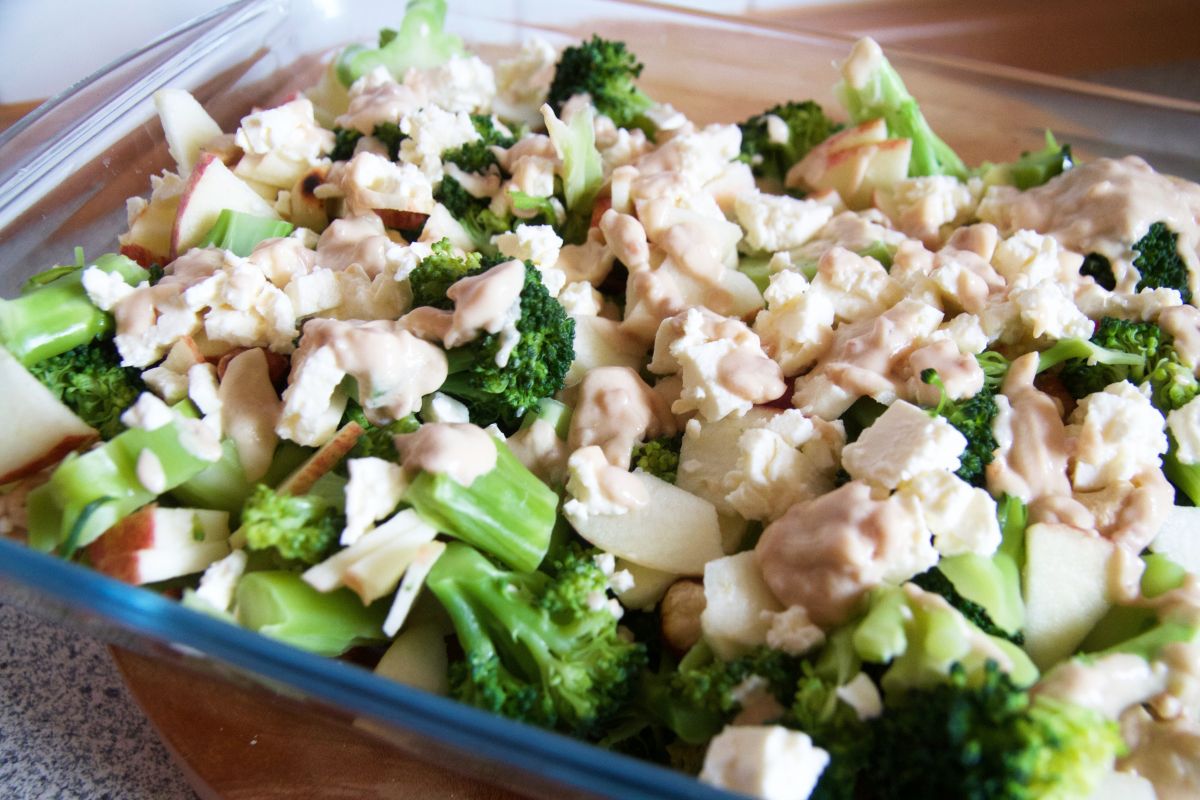
by hattenburrow | Dec 18, 2017 | Nutrition
Lunch – Broccoli salad

Serves: 4-5
- 1-2 Broccoli trees, chopped
- ½ Apple, finely chopped
- 2-3 tbs extra virgin olive oil
- 60g Feta cheese
- 1 handful nuts (either walnuts, almonds or mixed nuts), roasted
- Salt & pepper to taste
Peanut butter sauce:
- 1 tbs peanut butter
- 2-3 tbs water
- Juice of ½ a lemon
Broccoli
- Plant-based protein source
- Highest in vitamin K, C, A, iron and folate and provides 4g of protein
- Cancer fighting agent due to its high antioxidant content, as this has been shown to help inhibit tumour growth and help prevent DNA damage
- Due to the high levels of vitamin K, broccoli is a great food for maintaining strong bones
Nuts
- Source of healthy omega 3 fats responsible for regulating inflammation
- Source of plant-based protein
Lemon
- Digestive aid helping prevent indigestion
- Alkalising agent helping reduce acidity in the body
Extra virgin olive oil
- Source of healthy omega 3 fats, which helps reduce inflammation and promote healthy hair and skin
- Helps lower LDL (“bad” cholesterol) and increase HDL (“good” cholesterol)
Note: make sure to only buy your olive oil in a dark glass bottle, as these have not been exposed to light, which can cause heat tampering and damage the beneficial properties.
Only use olive oil as a raw dressing and when cooking at low temperatures and use coconut oil raw and for cooking at higher temperatures (frying and in the oven).
Method:
- Wash the broccoli and break into bite size pieces.
- Place the broccoli into a pot with a small amount of water at the bottom. Place the lid on and allow to steam for 2-3 minutes (until the broccoli is slightly tender).
- Finely slice the apple into medium size pieces.
- Roast the mixed nuts in a pan until golden brown.
- When all is ready place the broccoli, roasted nuts, apple and peanut butter sauce into a bowl.
- Crumble the feta cheese over along with the olive oil and salt and pepper to taste.
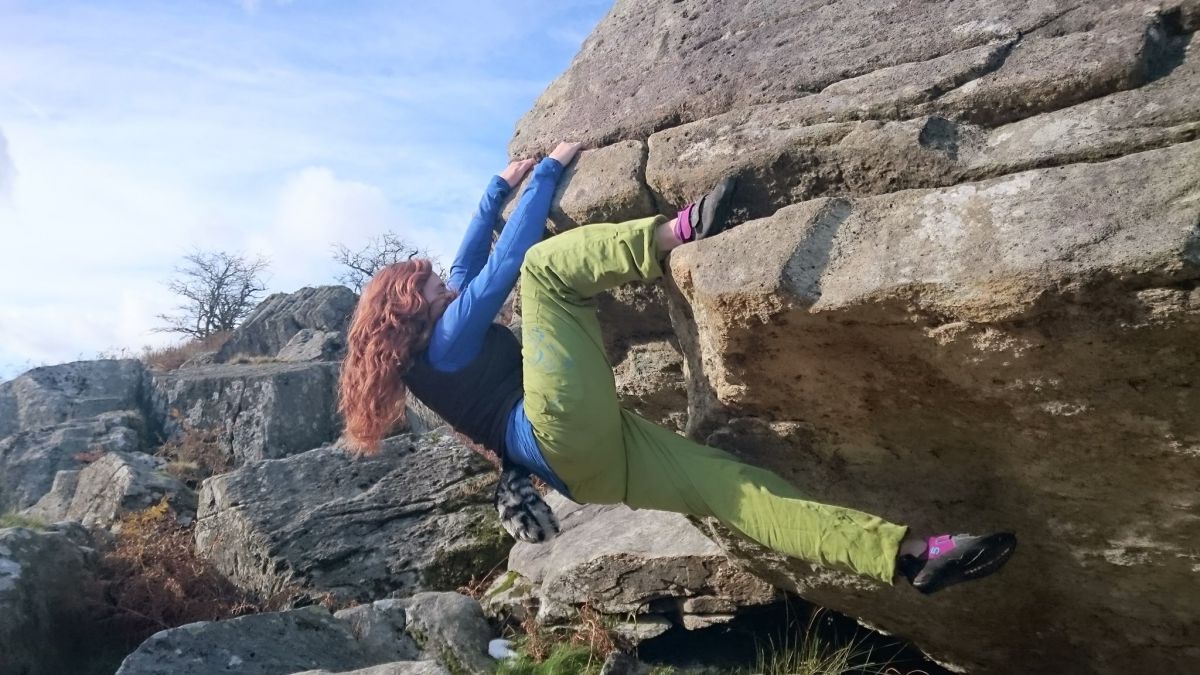
by hattenburrow | Dec 12, 2017 | Adventure, Inspiration
Georgina’s top climbing spots in the UK:
Obviously, the ‘best’ climbing is subjective. Climbing styles and abilities vary from person to person. But for those searching for some recommendations of places to check out, here are a few of my favourites from the places I have travelled over the years, with links to further information on the areas.
Indoors
- The Boardroom Climbing Centre (Cheshire).
The Boardroom is one of my favourite places to climb indoors for one very simple reason. They have a simulated 8m high Psicobloc, which turns out to be the only one in Europe, and one of only a handful in the entire world. They also have a bunch of other good bouldering, some classy route sections, a neat little training room including a lattice board and a slackline, and they serve delicious food as well, such as home-made pizzas. The prices are reasonable too!
- Awesome Walls (any of them, but my experience is based on the Sheffield centre)
Awesome Walls is a chain (I know I know, but these days it’s becoming increasingly difficult to avoid chains!) with climbing centres based in Sheffield, Stockport, Stoke, and Liverpool. They are known for their big walls and long routes (Sheffield has a 23m competition wall, overhanging by 12m), and from my experience always contain nice training areas (the one in Sheffield is a nice platform from which to view the big wall and has a few slacklines set up as well!). Awesome Walls often holds lead competitions in particular, but I have also seen Speed Climbing being practised there and the bouldering isn’t too bad either! They also do a pretty nifty loyalty card and membership is valid across their different sites.
- Ice Factor (Kinlochleven – between Ben Nevis and Glencoe)
Ice Factor brings something altogether different to this party. Not only does it consistently rank in the best climbing centres in the world, and not only are its walls some of the highest in the U.K., but as the name suggests, it holds the biggest indoor ice climbing wall in the world. Despite being a bit out in the sticks for the majority of us, the trek is definitely worth it for some quality time on the ice whilst not leaving the U.K.!
Outdoors
Wales 
I can’t recommend Wales enough for it’s incredible climbing across several different disciplines and nearly all types of rock. Multi-pitch climbs in Snowdonia such as those on Tryfan are such joys to climb. The glorious slate close to Llanberis, and the boulders around the pass. Epic trad climbs at Gogarth and of course down south in Pembroke, along with some absolute gems of all kinds in the Gower as well. Wales has a magic about it that I haven’t quite managed to find anywhere else, and the Welsh people are some of the loveliest you’ll ever meet!

North Wales
South Wales
- Bees (Lake District)
St Bees is a bit of a gem of a find, even if you’re not looking to climb. The walk-in can be a bit of an adventure in its own right, with the bouldering nestled in a sun-trap next to the sea, underneath the 100m+ cliffs of St Bees Head and the watchful eye of an old lighthouse, a couple of seals, and in the distance, the Isle of Man. The climbing here is sandstone bouldering mainly, with some sport routes that can be a bit seepy and restricted due to the nesting birds at certain times of the year, but definitely has something to suit every style, and is beautiful to look at. Instagram coming at ya.
- Torridon (Scotland)
Whilst being a bit of a trek to get to for most Brits (north-west highlands), Torridon has a brilliant number of sandstone boulders in an area of outstanding natural beauty on the coast, along with some trad climbs and if the conditions are right, even some winter climbs. Be careful with some of the grades around here though, as they can be a bit sandbagged at times, or even feel too easy!
Bouldering
Trad
Bonus Recommendations
I know I said this blog was about some of my favourite places to climb in the UK, but I couldn’t help but recommend some other places further afield (besides the obvious choices like America, Spain, Font, etc…) if you the time, money, and opportunity.
- Wadi Rum (Jordan)
 Climbing amongst the very different type of (soft) sandstone found in the deserts here is simply spectacular, and to be honest, sometimes rather scary! But it is always thrilling, beautiful, and again, there is something for everyone. The locals are incredible and happy to guide you around what is sure to be a memorable experience even if you don’t climb. However, be sure to bring your own gear and do your own organising and planning of the trip, as climbing as the western world knows it is very different to life in the small village of Rum.
Climbing amongst the very different type of (soft) sandstone found in the deserts here is simply spectacular, and to be honest, sometimes rather scary! But it is always thrilling, beautiful, and again, there is something for everyone. The locals are incredible and happy to guide you around what is sure to be a memorable experience even if you don’t climb. However, be sure to bring your own gear and do your own organising and planning of the trip, as climbing as the western world knows it is very different to life in the small village of Rum.
- Kotecnik (Slovenia)
Perhaps the most extensive climbing area in Slovenia, hidden away in the forest near Celje is one of the most incredible crags I have ever laid my eyes on. 11 sectors containing a total of 334 routes, the sport climbs here are world class and spans every style you can think of. Not too hot in the summers since the trees shade most of the sectors, the walk-in to the furthest sector only takes 35 minutes.
- Rjukan (Norway)

Rjukan is a bit of an ice climbing Mecca. Road-side cragging situated just a few hours from Oslo, it is achievable to get a few decent ascents in even if you’re only visiting for a long weekend. The Old School Hostel is a hub for visiting ice climbers and a test centre for Black Diamond, and the area as a whole is magical for beginners and advanced alike. With the Gaustatoppen Ski Resort situated a free bus ride away up one side of the valley, it is even possible to make the trip using only public transport.
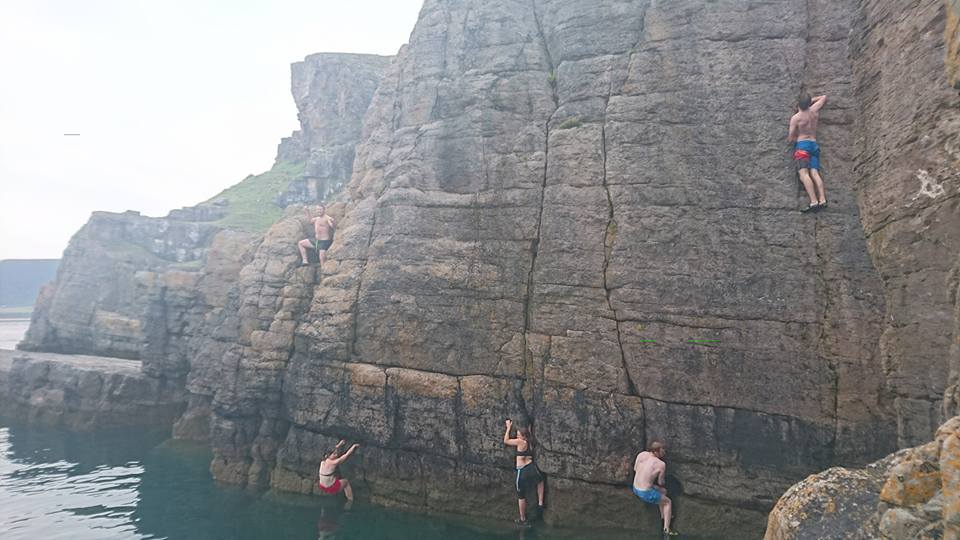
by hattenburrow | Dec 4, 2017 | Adventure, Mountains
Hi Folks! I hope you’re having an awesome run up to Christmas. As part of my guest post series I would like to introduce you to Spider women herself! Miss Georgina Jackon;
“During the weekdays I am a systems engineer for a large British aerospace company, and during the weekends I do my best to get out in my self-converted van with my partner and have fun. Whilst we mostly climb, walk, scramble, slackline and practise acroyoga in the U.K., we try to get abroad to new and exciting places as often as possible and to try different things, such as Scuba Diving in the Jordanian Red Sea in April.”
Over the next two weeks Georgina will, explain the many types of climbing and then shall her favourite spots to try this fantastic sport.
Climbing is for everyone. And it will solve pretty much all of your problems.
This is not a statement that I make lightly. I have climbed with blind people. I have climbed with those who have no lower limbs. I have climbed with toddlers, teenagers, pensioners, and everyone in between. I have climbed as part of a team and I have climbed alone. And that’s just at my local indoor wall.
Climbing is one of those special things that forces you to focus on the moment. It forces you to live right here, right now. Because if you don’t, well, you fall. And it is that very thing – falling – which will make you a better, well-rounded person in every-day life.

Falling brings people together. The climbing community is unlike anything else I have ever found in life. It is honest. It is humble. It is more supportive than you could imagine. It is diverse, it is willing to learn, and it is definitely willing to teach. The sport seems to demand it, really. I mean, the only way to learn how to climb is to do it. And by definition, learning often involves failing, which in this case involves falling off. In this way, climbing can build confidence. It builds endlessly on psychological factors in how far you can push yourself, fighting the instinctive and inherent fears involved with falling, and in building trust and good relationships in those you climb with. You would be amazed how much it builds physical strength and co-ordination, and yes, in places you wouldn’t expect!
It is not too expensive. It is not restrictive. It is beautiful, it is inclusive, and it is personal and respectful, and for a lot of people it becomes a way of life.
There are many different types of climbing – definitely enough to suit all needs and types, and each has its own quirks and nuances and differences, and each also receives the respect that it deserves from the climbing world.
Bouldering 
Bouldering is typically climbing on boulders (go figure), without any ropes. This means that often routes can be quite short, with quite powerful and/or technical moves. Bouldering has two ‘spin-off’ disciplines. One is called ‘high-balling’, which is where the boulder is particularly tall and so the route is especially long in length for a boulder, making any potential falls and landings dangerous. Particularly if bouldering outside, a ‘spotter’ will be used by the climber. A spotter is a person who stands near to the climber, prepared to support the climber if need be or push them towards a safe landing or landing position if they fall. The other spin-off of bouldering is called deep-water soloing, which is the same type of thing again, but done above deep water. This means if you fall off the climb, you fall into the water and not onto the ground (or a crash-pad!).
Sport Climbing
Sport climbing is where someone has placed protection into the rock already in the form of bolts, in a fairly even spread over the length of the route. To this end, the routes are often much longer than bouldering routes, and allow many different types and locations of rock to be accessed. The bolts are then clipped into by the lead climber using a quickdraw (a set of snap-gate carabiners joined together by a dog-bone shaped piece of tough material, usually either nylon or dyneema,). One end of the quickdraw gets clipped onto the bolt, and the other end gets clipped onto a rope attached to the climber’s harness. A belayer at the base of the climb will then use a belay device attached to their own harness to protect the leader if they fall, and to lower the leader after they have completed the climb. This is a device which can use frictional forces in order to stop the rope from moving, and thus ‘catch’ a fall.
 Trad Climbing
Trad Climbing
Trad (traditional) climbing is where there is no pre-placed protection in the rock. All protection is placed by the lead climber as they climb the route. This involves placing different sizes and shapes of bits of metal (called nuts or hexes depending on the shape, and cams which have a movable head that gets placed in the rock), and sometimes slings (a loop of tough material, either nylon or dyneema). Once the climber has finished climbing the route, their belayer normally ‘seconds’ the route, removing all of the gear placed by the leader as they go, and being belayed from the top of the route by the lead climber.
Alpine and Winter Climbing
Alpine climbing is an art form which can see people spend many nights on a mountain, and sometimes weeks on a single wall or cliff-face alone (a form of this can be seen in ‘Big-wall climbing, such as climbing El Capitan in America). It can often involve ice climbing, where ice screws are wound into the ice to provide some protection for the climber, who uses ice axes and crampons (spikes for mountain boots) to bite into the ice and hold the climb up. It also often involves crossing glaciers, crevasses, and snow fields, and sometimes aid climbing, which is where the route is not climbed using hand and foot placements, but climbed by ascending the rope as such, instead of the rock. If you are not aid climbing, you are seen to be ‘free-climbing’.

Outdoor climbing is obviously based around the naturally formed rock, so you do not have a choice or say in what the route is like. However, indoor walls can be made to various shapes and sizes, and holds (often made by moulding resin and plastic, but also sometimes wooden) can be multiple sizes, shapes and colours, and placed in any arrangement you can think of. ‘Pulling on plastic’ is very different to being on real rock as outdoor climbing is much more three-dimensional than indoor climbing, and more open to accommodating different climbing styles since it is not as obvious where holds are, and of course, you can’t really climb outside in the rain. There are many different types of rock, and many different types of routes, so be sure to try different types of rock at different crags and in different styles (this goes for indoor climbing, as well!). For example, an overhanging juggy route may be just up your street, but your local crag is slabby slate which is tiny finger crimps, and this can put off those just starting out.
Sport climbing (both leading and top/bottom-roping) and bouldering (sometimes simulated deep-water solos, either over a pool or over a foam pit) are the most typical types of climbing available at indoor walls. Some walls can provide indoor, artificial ice walls for ice climbing, or even walls for dry-tooling. This is where climbing axes are used not on ice, but on rock, and can lead into mixed climbing (a route which has a mixture of rock and ice on it). If indoors, normally wooden holds and features are used for axes (no crampons), or wooden axe handles with material loops on the ends of them get hooked over indoor climbing holds to simulate an axe placement.
With indoor climbing, a route is seen to be completed if you place both hands (in a controlled manner) on the highest hold of that route, without falling off and only using the intended climbing holds for that route (i.e. only use one colour of hold within a certain area on the wall). If you can do it first time, it is called a ‘flash’ in bouldering, and an ‘on-sight’ in sport and trad climbing. If it takes you a couple of goes, it is a redpoint, and more than that makes it a project. Projects aren’t often possible with indoor climbing as the routes will be reset frequently and so your project will no longer exist!
In the U.K., almost every indoor centre will let you start bouldering with no prior knowledge or experience, and most will hire out specific climbing shoes as well. These help to bind your toes together so that you can place more weight and pressure on certain parts of your feet, and also provide better grip because of the rubber soles. It is widely accepted that helmets aren’t required for most indoor climbing – in fact, they can make it more dangerous than without, as they can catch on holds, so don’t worry too much about wearing one. If you want to learn how to belay and use ropes however, climbing centres will not allow you to do so without a test. This can include pictures or statements where you must be able to explain what is incorrect in the scenario, and displaying that you can successfully tie the correct knot for attaching the rope to your harness. If you have climber friends, they will often be allowed to supervise a couple of people at a time whilst using ropes and harnesses, so I would suggest getting them to teach you some things if you wish to take up route climbing. Otherwise, most centres will provide ‘Learn to Climb’ courses which will teach you the basics of climbing and safety whilst climbing indoors, but these can be expensive. If you want to learn and improve technique quickly however, focus on bouldering. If you are interested in gear, strike up a conversation with any of the staff at your local wall, or simply search online. There are many climbing community forums, sites and pages, such as UKC, BMC, and Climbing!
The first few times you start climbing, the place you will feel it most in your body is your forearms. This will decrease over time and you’ll find quite quickly that gains are made – you can start staying on the wall for longer periods of time and being able to grip and hold onto different things. So stick with it and don’t be put off too quickly! The community will quickly welcome you in and for most of us, it becomes a way of life. Climbing is an easy way to build strength, balance, co-ordination, confidence, and communication. Really, the only way to get better at climbing is to climb, so get out there and have fun! It might just change your world.





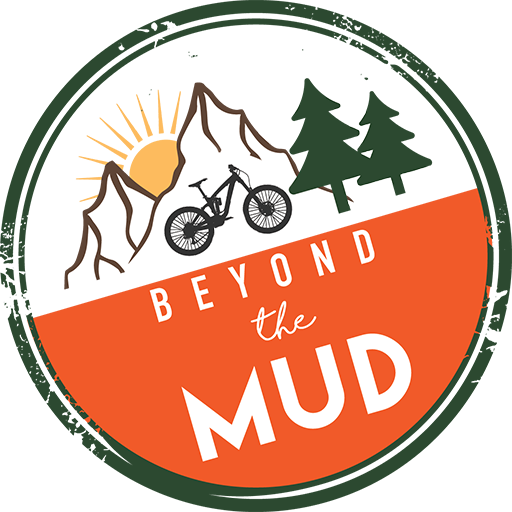
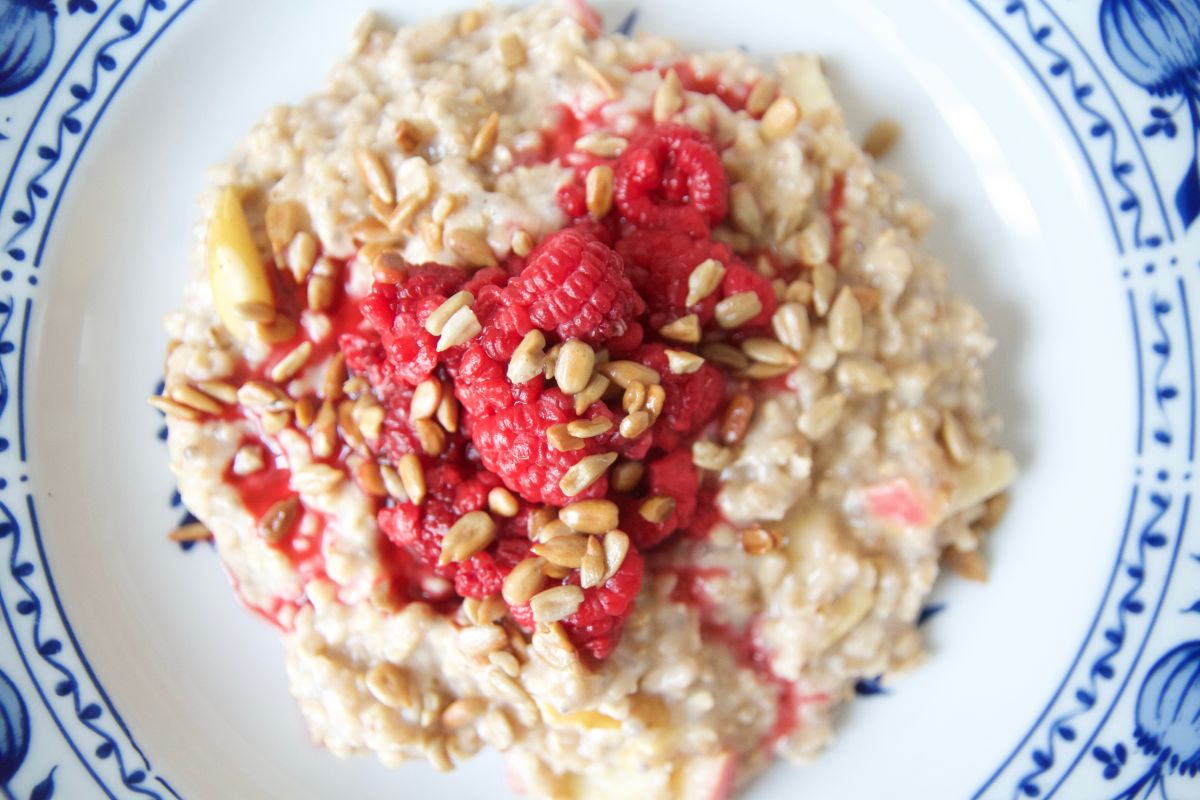






 Climbing amongst the very different type of (soft) sandstone found in the deserts here is simply spectacular, and to be honest, sometimes rather scary! But it is always thrilling, beautiful, and again, there is something for everyone. The locals are incredible and happy to guide you around what is sure to be a memorable experience even if you don’t climb. However, be sure to bring your own gear and do your own organising and planning of the trip, as climbing as the western world knows it is very different to life in the small village of Rum.
Climbing amongst the very different type of (soft) sandstone found in the deserts here is simply spectacular, and to be honest, sometimes rather scary! But it is always thrilling, beautiful, and again, there is something for everyone. The locals are incredible and happy to guide you around what is sure to be a memorable experience even if you don’t climb. However, be sure to bring your own gear and do your own organising and planning of the trip, as climbing as the western world knows it is very different to life in the small village of Rum.



 Trad Climbing
Trad Climbing